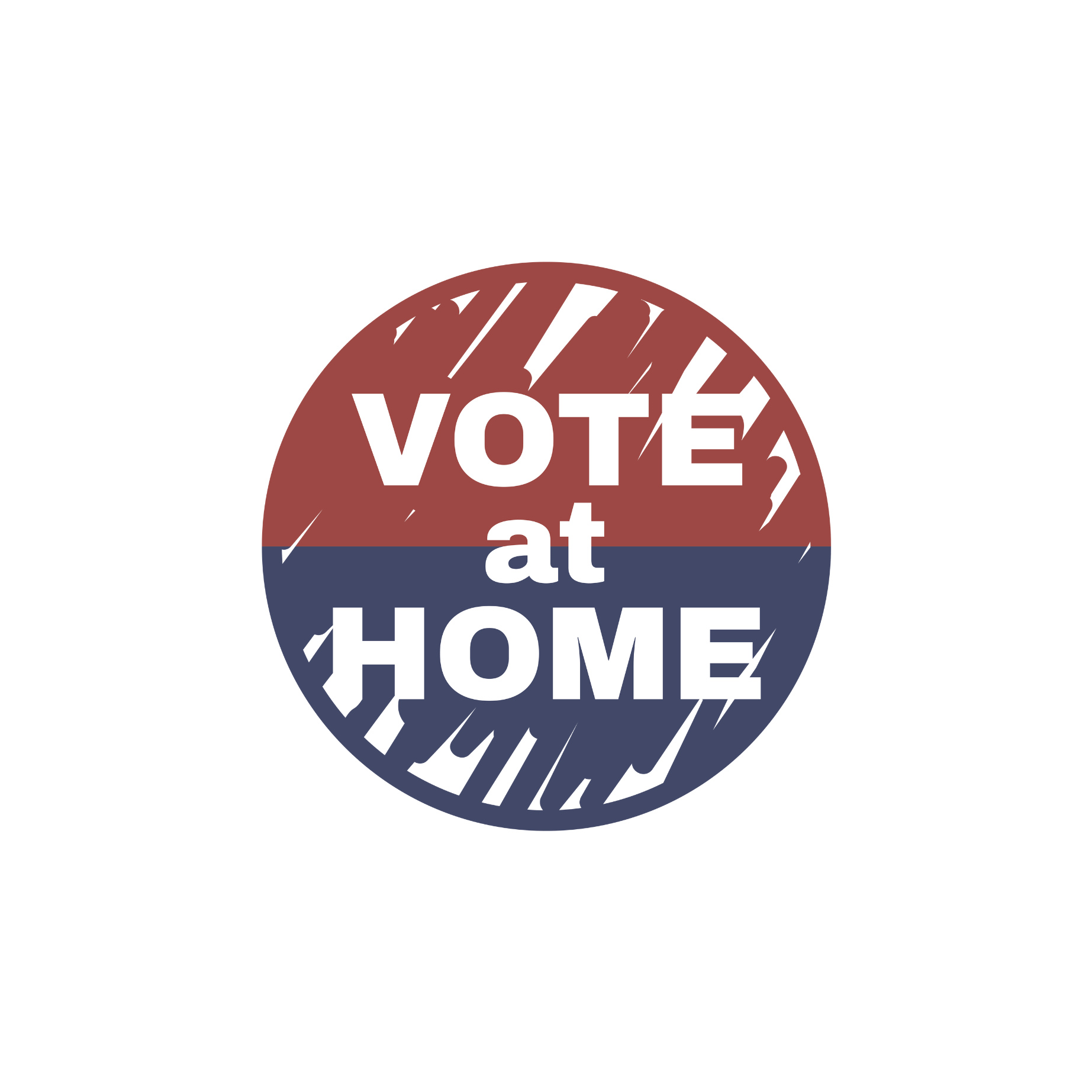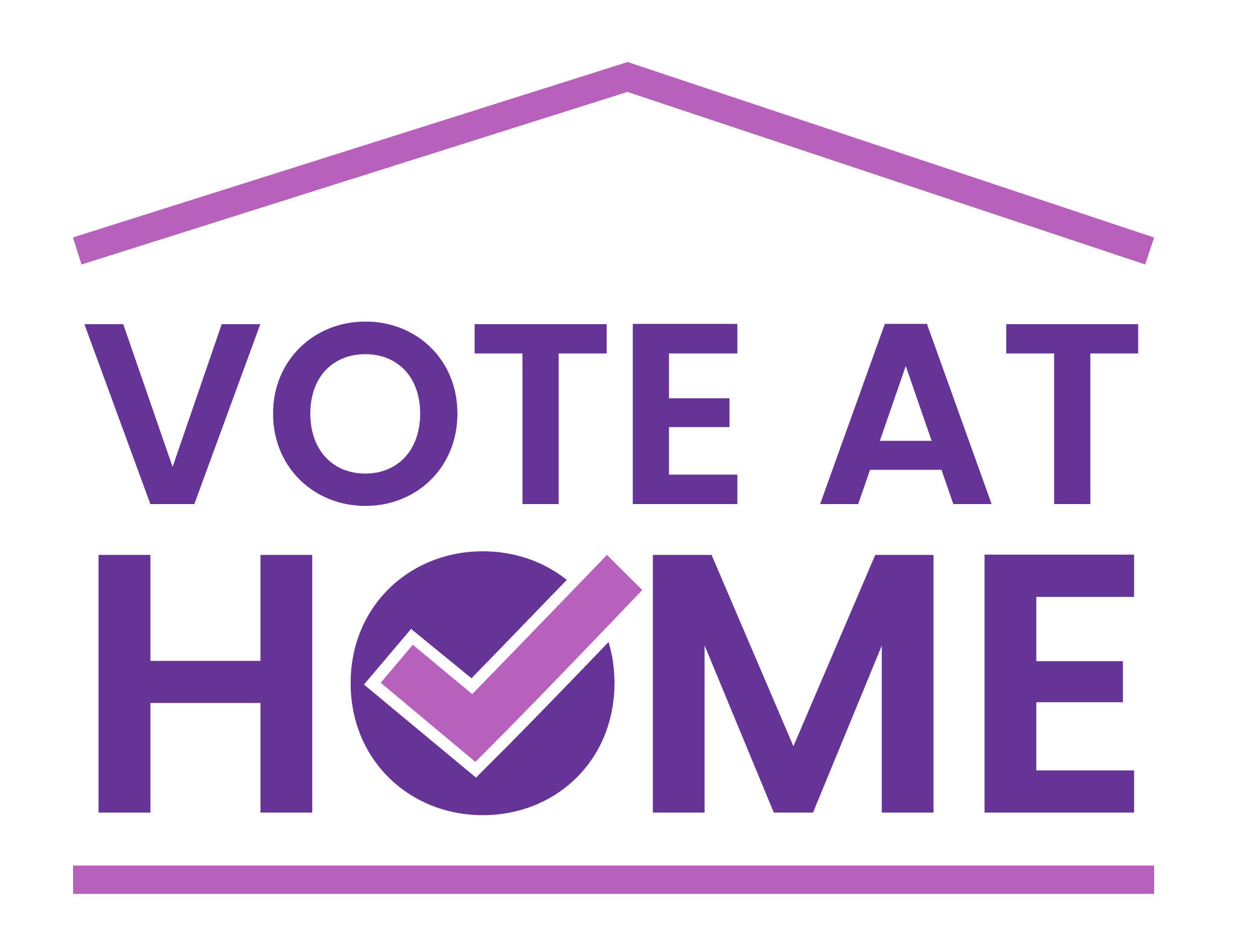The Andrew Goodman Foundation (AGF), March For Our Lives (MFOL), and National Vote At Home Institute (NVAHI) filed an amicus brief in Cascino v. Scott (No. 22-50748) before the Fifth Circuit Court of Appeals. The case, originally brought in 2020 in emergency litigation related to the pandemic election, challenges a law that requires young Americans to satisfy a limited set of statutory excuses to qualify to vote by mail, while making vote-by-mail automatically available to voters over the age of 65 who do not need to offer any excuses. Yael Bromberg, Esq. and student-attorneys from the Rutgers International Human Rights Clinic filed the motion and accompanying amicus brief, with the support of local counsel Jared G. LeBlanc, of LeBlanc Flanery PLLC. While numerous parties served as amici during previous phases of the litigation amid the 2020 Presidential Election, the amicus brief serves as the only amici voice during the present phase of litigation.
“The law in place in Texas, and six other states in the nation, unequivocally violates the Twenty-Sixth Amendment by allowing regular voting methods to be provided to one set of voters, while — simply on account of age — another set of voters is left without,” explains Yael Bromberg, Esq., Supervising Attorney in the Rutgers International Human Rights Clinic and AGF’s Special Counsel & Strategic Advisor to the President and CEO. “Age discrimination in voting-by-mail untowardly impacts the rise of youth voters and minority youth in particular, given emerging voting patterns and the changing demographics of Texas and the nation.”
“Restricting young people’s access to the ballot box is voter suppression, plain and simple,” says Ciara Malone, March For Our Lives’ Legal Director. “Guns are the leading cause of death for young people, and we deserve a say in the laws that combat that — or allow it in the first place. Young people will fight for our right to vote and our fundamental right not to be shot, and we’re pleased to join this brief to defend those rights.”
“Texas law is worse than discriminatory; it’s downright hypocritical,” says Phil Keisling, Chair of the National Vote At Home Institute and former Oregon Secretary of State. “However self-righteously they might bleat about ‘election integrity,’ state legislators are telling their own citizens, ‘We think anyone 65 or older is inherently honest and incapable of election fraud crimes with their mail ballots — while the rest of you simply can’t be trusted.’”
When the Texas case was first brought to the U.S. Supreme Court in 2020, The Andrew Goodman Foundation, Equal Citizens, and Common Cause, filed an amicus brief, arguing then that the unequal treatment of youth voters in the Texas vote-by-mail law violates the Twenty-Sixth Amendment of the U.S. Constitution, which bans age discrimination in voting. Ahead of the 2020 Presidential Election and amidst the early surge of the COVID-19 pandemic when vote-by-mail was imperative for Americans’ safety. The Supreme Court denied the petition to vacate the stay, although Justice Sotomayor acknowledged the need to consider the merits of the legal question beyond the context of an emergency application to vacate a stay of injunction: “This application raises weighty but seemingly novel questions regarding the Twenty-Sixth Amendment.” Without the injunction, young voters without an excuse remain ineligible to vote by mail in Texas.
The filing of the 2020 amicus brief followed Age Discrimination In Voting At Home, a report published in June 2020 by AGF, Equal Citizens, and a coalition of civil rights groups and legal organizations. The report details how Texas and six other states — Indiana, Kentucky, Louisiana, Mississippi, South Carolina, and Tennessee — violate the Twenty-Sixth Amendment by discriminating based on age in their vote-by-mail laws. According to the report, in states that discriminate by age, only 5% of 18-24 year-olds voted by mail in 2018, as compared to 65% of people who were 65 or older. In states that did not discriminate by age, the percentage of 18-24 year-olds who voted by mail drastically increased to 17% in 2018.
Data consistently demonstrates that young people want to vote by mail. In the 2020 Presidential Election, 70% of young voters cast their ballots early or by mail. Additionally, research indicates that expansive vote-by-mail policies lead to increased voter turnout, particularly among young voters and voters of color, as further detailed within the amicus brief.
“It is imperative that young voters have the information and resources they need to vote by mail effectively,” says Charles Imohiosen, Esq., President and CEO of The Andrew Goodman Foundation. “In October 2022, The Andrew Goodman Foundation launched Student Vote Choice, a national campaign to promote student voter accessibility to vote in person or by mail and to ensure that these ballots are counted. Together, AGF and our partner organizations will bring polling places, as well as educational resources about voting by mail, to campuses ahead of the 2023 local and 2024 Presidential Elections.”
Amici thank the Rutgers International Human Rights Clinic and its student-attorney clinical team and Supervising Attorney Yael Bromberg, Esq. and Clinical Director Penny Venetis, Esq., as well as local counsel Jared G. LeBlanc, Esq. of LeBlanc Flanery PLLC for their legal representation.
Read the full Amicus Brief
About The Andrew Goodman Foundation
The Andrew Goodman Foundation’s mission is to make young voices and votes a powerful force in democracy by training the next generation of leaders, engaging young voters, and challenging restrictive voter suppression laws. The organization is named after Andrew Goodman, a Freedom Summer volunteer and champion of equality and voting rights who was murdered, alongside James Earl Chaney and Michael Schwerner, by the KKK in 1964 while registering Black Americans to vote in Mississippi. To learn more, visit www.andrewgoodman.org.
About March For Our Lives
Born out of a tragic school shooting, March For Our Lives is a courageous youth-led movement dedicated to promoting civil engagement, education, and direct action by youth to eliminate the epidemic of gun violence. It is our mission to create safe and healthy communities and livelihoods where gun violence is obsolete.
About National Vote At Home Institute
The National Vote at Home Institute is a nonpartisan nonprofit organization that aims to increase voters’ access to, use of, and confidence in voting by mail, or “voting at home” — in which voters receive mailed-out paper ballots; return them either by postage-free mail or in-person to a wide range of accessible, convenient, and secure locations; and can track them online, in real-time, to ensure their vote is counted.


